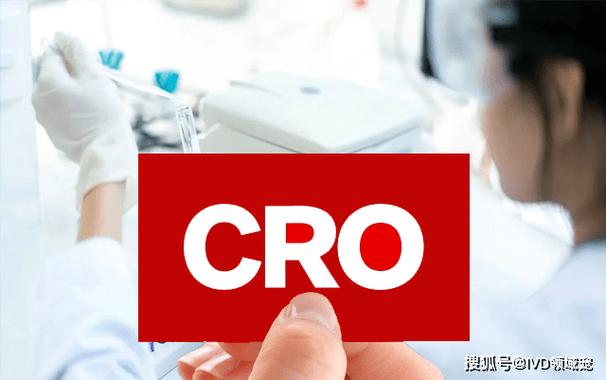Understanding IHC: A Comprehensive Guide
Immunohistochemistry (IHC) is a powerful technique that has revolutionized the field of pathology. By utilizing the specificity of antigen-antibody interactions, IHC allows for the visualization and localization of proteins within tissue samples. This article delves into the intricacies of IHC, providing you with a detailed understanding of its principles, applications, and limitations.
Principles of IHC
The foundation of IHC lies in the antigen-antibody reaction. This principle states that antibodies can specifically bind to antigens, which are proteins or other molecules present in cells. By utilizing this principle, IHC enables the detection and localization of specific proteins within tissue samples.
![]()
Here’s a brief overview of the key steps involved in IHC:
| Step | Description |
|---|---|
| Sample Preparation | Obtaining and processing the tissue sample, including fixation, sectioning, and dehydration. |
| Antigen Retrieval | Recovering the antigen from the tissue sample, often through heat-induced epitope retrieval. |
| Blocking | Preventing non-specific binding of antibodies to the tissue sample. |
| Primary Antibody Incubation | Adding the primary antibody specific to the target protein, allowing it to bind to the antigen. |
| Secondary Antibody Incubation | Adding an antibody conjugated to a detection molecule, such as an enzyme or fluorescent dye. |
| Visualization | Using a chromogenic substrate or fluorescence to visualize the target protein within the tissue sample. |
Applications of IHC
IHC has a wide range of applications in both research and clinical settings. Here are some of the key areas where IHC is utilized:
-
Tumor Diagnosis and Classification: IHC is crucial in diagnosing and classifying various types of tumors. It helps identify specific markers that are associated with certain types of cancer, aiding in accurate diagnosis and treatment planning.
-
Prognosis and Treatment Response: IHC can provide valuable information about the prognosis of a patient’s cancer and their response to treatment. By detecting the expression levels of specific proteins, IHC can help predict the likelihood of recurrence and guide treatment decisions.

-
Immunology and Autoimmune Diseases: IHC is used to study the immune response in various diseases, including autoimmune disorders. It helps identify the presence and localization of immune cells and their associated proteins within tissue samples.
-
Neuroscience: IHC is widely used in neuroscience research to study the expression and localization of specific proteins within the brain and nervous system.
Limitations of IHC
While IHC is a powerful technique, it does have some limitations:
-
Specificity: Although IHC is highly specific, there is always a possibility of cross-reactivity, where the primary antibody may bind to non-target proteins.
-
Quantification: IHC is primarily qualitative, and quantifying protein expression levels can be challenging.
-
Sample Preparation: The quality of the tissue sample and the technique used for sample preparation can significantly impact the results of IHC.
Conclusion
In conclusion, IHC is a valuable tool in the field of pathology, providing insights into the expression and localization of proteins within tissue samples. By understanding the principles and applications of IHC, researchers and clinicians can make more informed decisions regarding diagnosis, prognosis, and treatment.










